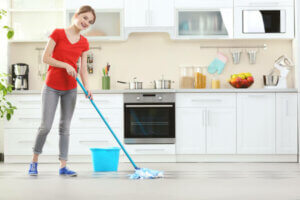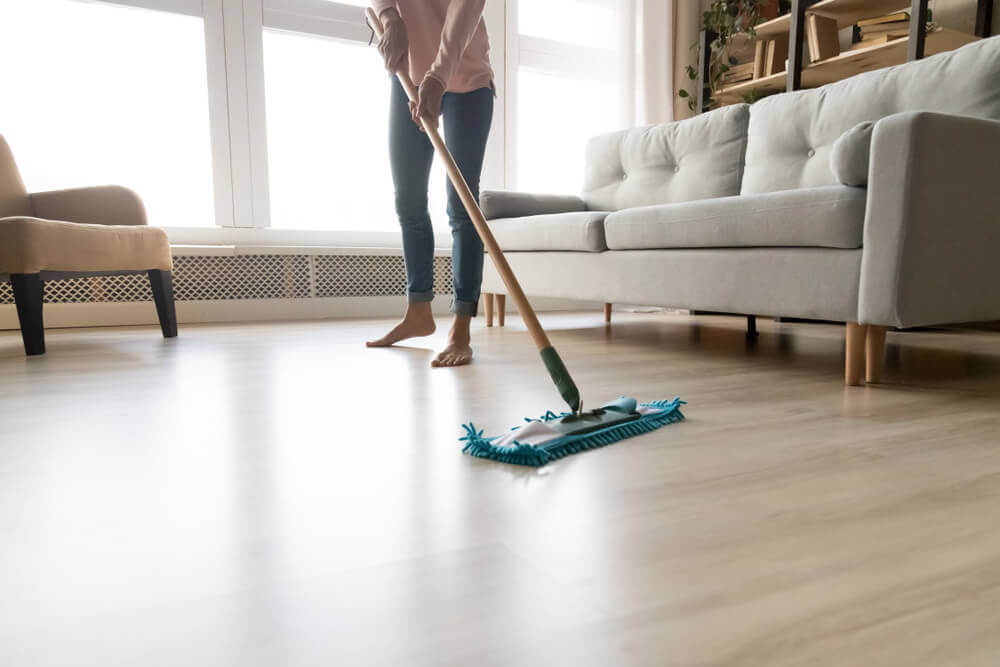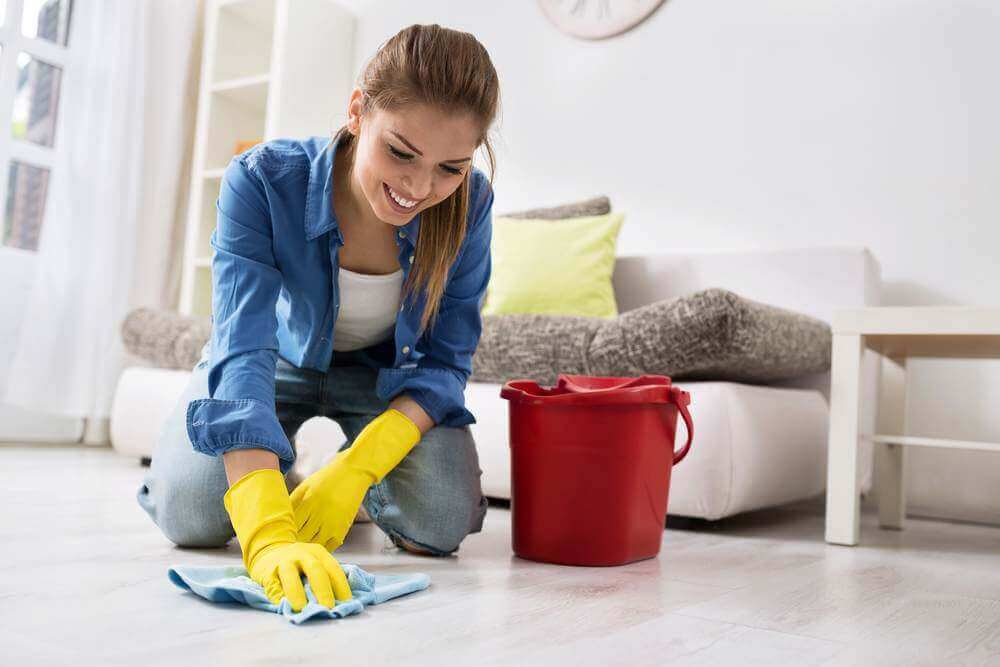How to Look After Different Types of Floors

The floors of a house show its personality. However, in order to keep them spotless you need to know some simple tricks about how to look after different types of floors.
Wooden floors, carpets, marble, stoneware, terracotta… Here you’ll read the best advice to ensure that they’re always in good condition. And you’re in luck because, besides being useful, these tips are very easy to apply.
Floors – how to make sure time won’t leave a trace

1. Caring for varnished wood floors
Varnished parquet and hardwood floors hold up well if you mop them every day. When cleaning, use warm water and a pH-neutral cleaner that is suitable for wood or wood chip flooring.
2. Different floor waxes
There are two types of waxes: solvent-based, good for caring for wooden floors, and silicone-based, good for natural stone and clay floors.
3. Looking after tropical wood floors
Tropical woods are very resistant to humidity and are mostly recommended for bathrooms and kitchens. In order to keep the surface of the wood in good shape, you should apply linseed oil with a brush twice a year, following the grain of the wood.
4. Marble polish
To enhance the shine of marble floors, apply a layer of liquid wax, ensuring the marble is clean and dry beforehand. After applying the wax, bring out the shine using a mop covered with a wool cloth.
5. Treating stubborn stains on marble
For stains that persist, apply salt to them, pour a little sour milk on top, and cover the mixture with a cloth. After 48 hours, remove the paste using a cloth dampened with hot water.
6. Restoring scrapes on marble floors
Surface scratches can be concealed with a little solid wax. If the scratch is very deep, professionals advise rubbing with a steel cloth and then smoothing the area with a polishing wheel at low speed.
7. Maintaining stone floors
Stoneware stays in top condition if you scrub it with warm soapy water. To keep it spotless, use the two-bucket trick: one with soapy water and the other with clean water for rinsing.
8. Keeping tile joints clean
Go over these with an old toothbrush soaked in slightly diluted detergent with a few drops of bleach. If they’re very dirty, apply a paste of chalk dust and alcohol with a brush. Allow to dry and remove the paste with a cloth.

9. Regular cleaning of terracotta
Cleaning clay floors is very simple: just keep them well-swept and shine them with a mop. In addition you can scrub them every so often with water and neutral soap. To avoid leaving water marks, make sure you squeeze out the mop well.
10. Treating stains on clay floors
To remove stains on these floors, scrub with a brush soaked in water and neutral soap. You can even out discolored areas by applying a layer of red floor wax.
11. Caring for hydraulic mosaic tiling
To keep them in good condition, you should sweep these floors with a soft broom and scrub them with neutral or low sulfate soap. For a thorough cleaning, use a brush soaked in water with ammonia.
12. Keeping wool carpets in perfect condition
Vacuum periodically with a brushless vacuum cleaner to remove dust. If they’re new, use a straw broom during the first few weeks, following the direction of the hair, to remove the lint that they release.
13. Vegetable fiber carpet maintenance
Carpets made of vegetable fibers (coconut, sisal, jute…) have to be cleaned daily so that dust doesn’t penetrate the weft. A good trick is to go over them with the mouthpiece of the vacuum cleaner or with a soft broom, following the direction of the weft.
14. Looking after natural stone
Clean natural stone (sandstone or limestone) only with warm water and neutral soap. Treat any stains with a brush soaked in water and 50% bleach. To protect the floor, apply liquid wax.
15. Spotless slate floors
To keep a slate floor in optimal condition, you should clean it with washing-up liquid diluted in warm water. If it’s very dirty, try adding some lye to the water; when it dries, polish the stone with a wool cloth.
What do you think of these tips on how to look after different types of floors to keep them looking like they did on day one? We hope this article will be useful to help you preserve them better.








